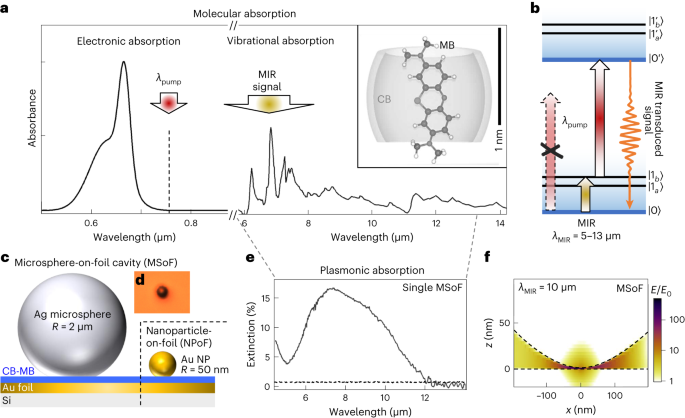2023-09-12 テキサス A&M大学
◆この方法は真菌株を使用し、微粒子プラスチックを取り込むことで効果的に除去するもので、特に環境への影響が懸念されている微細なプラスチックに対する新たな解決策となり得ます。この研究は、プラスチック汚染に対する新しいアプローチを提供しています。
<関連情報>
- https://agrilifetoday.tamu.edu/2023/09/12/a-novel-approach-for-removing-microplastics-from-water/
- https://www.sciencedirect.com/science/article/abs/pii/S2589014X23002165
真菌のペレット化による水環境中のマイクロプラスチックの除去 Microplastics removal in the aquatic environment via fungal pelletization
Huaimin Wang, Brian Neal, Bert White, Bill Nelson, Jingru Lai, Bin Long, Jorge Arreola-Vargas, Jiali Yu, Mark T. Banik , Susie Y. Dai
Bioresource Technology Reports Available online: 11 July 2023
DOI:https://doi.org/10.1016/j.biteb.2023.101545

Abstract
Microplastics (MPs) are gaining increasing attention in recent years due to their potential harm to the entire ecosystem. Recent studies on MPs have mostly focused on millimeter (mm) to micrometer (μm) grade, but their hazardous level increases with the decrease in size. This study provided new findings on the removal of Polystyrene (PS) and Poly(methyl methacrylate) (PMMA) ranging from 200 nm to 5 μm in the aquatic environment using isolated fungal strains. Three isolates were chosen via screening of a library of 230 fungal isolates (fast growth, dye degradation, spore production, and pellet formation). Aspergillus niger could completely remove 200 nm PS and 5 μm PMMA at 0.005 % and 0.01 % solid loading. Bjerkandera adusta and Phanerochaete chrysosporium showed assimilation potential on 500 nm PS and 5 μm PMMA, respectively. These findings can potentially be used in wastewater treatment plants to further remove MPs and minimize plastics pollution in natural waters.



